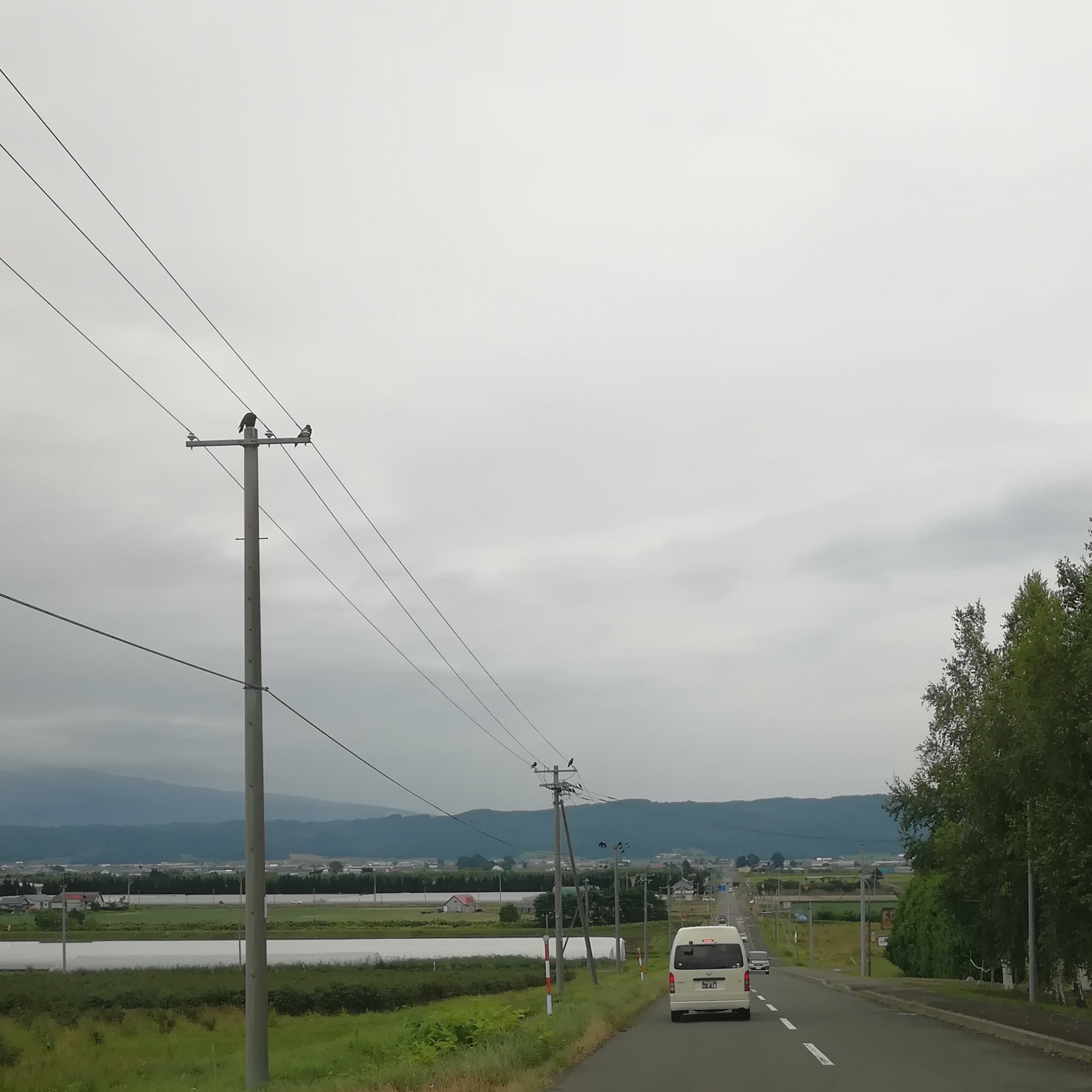This article comes frombeincrypto, original author: Nicole Buckler
Odaily Translator |

As more and more companies seek to innovate their management and organizational strategies, we are seeing a growing interest in DAOs, while also having a huge impact on people's digital lives. However, not every project is suitable for the DAO model. Before making the right choice, you need to consider the following 8 points:
secondary title
1. It is not recommended to use DAO for centralized services and large-scale projects
In addition, the low turnout rate is also a headache. Although technology can simplify the voting process and speed up the voting process, it cannot completely solve the problem of low turnout rate. Off-chain voting will take a long time to finally pass the proposal. It is not suitable for projects that provide centralized services. Most importantly, even if you are a small project at the beginning, it will continue to expand over time, so the adoption of DAO governance also needs to consider the challenge of project scalability, which is very important for determining the mission and goals of the project and judging whether DAO is Choosing the right one is crucial.
secondary title
2. Clarify the overall needs of the team and the project
Disagreement among team members is a red flag as this can affect subsequent governance structures, so choose DAO members with similar views but complementary skills - remember that even development teams can have technical complexities and differences.
secondary title
3. Trust is the foundation
Before you decide whether to embed your project in the blockchain technology and smart contract trust layer, you must understand one thing - trust is the key to effectively manage DAO, because any member can verify the DAO code, so you need to measure how to use security Collaborate in a transparent manner.

secondary title
4. Establish the right governance structure
You need to determine whether the community really wants to use smart contracts to automate decision-making, or does it still want to use a traditional top-down governance model based on seniority and leadership?
Whether it is one person one vote, delegated voting, or weighted voting, the ultimate goal is to make it easier for each member to vote on and review proposals.
secondary title
5. Identify community ownership and value standards
The process of joining a DAO can be very time consuming, if you want to form a DAO, you determine how to expand the community, and how to get new members on board and ensure they have the right to have a say in the DAO. Usually DAO members have the following three ways to join:
invite to join
Automatically open to all Token holders
Barriers to entry, or requiring DAO members to contribute to the organization, are critical for DAOs, so you need to make it easy for any potential contributor to join and learn about the project, but also Providing clear and complete rules and standards is a surefire way to avoid future disputes — after all, decentralization doesn’t mean frictionless.
secondary title
6. Vaults and Token Economics
In a DAO, token uses typically include:
reward organization members
vote on a proposal
Whether the token can be used to vote on the direction of the organization, providing added value and revenue opportunities is up to you. It is very important to design a high-quality token economic model. For example, a reasonable token release time can ensure long-term support from investors, and unissued tokens can be used to motivate long-term loyal DAO members. On the one hand, you need to ensure that there are enough reserves in the DAO treasury to achieve greater development goals; on the other hand, you also need to allocate tokens reasonably to motivate the community, and a balance needs to be struck between the two.
secondary title
Decentralization slows down decision-making, which is a problem for startups looking to move fast, so you should tell DAO members how to process decisions quickly and which decisions need to be voted on. Therefore, you need to form a community committee or set different voting thresholds, so as to ensure that the DAO follows the principle of decentralization and quickly promote the growth of the organization. In this process, you need to maintain a high degree of transparency. The data is public and you need to have a clear picture of how native tokens are being distributed (although tracking token distribution is a lengthy process), as well as publishing revenue metrics and financials so DAO members have all the truth when making decisions.
secondary title
8. Think long-term
It’s not enough to build a DAO with governance, collective ownership, trust, and scalability in mind, you also need to explore community communication, new user outreach, and ongoing audits of governance principles, especially as the DAO scales In these circumstances, these issues become particularly important.
If you decide to use a DAO to manage your organization, not only must you have a flexible, long-term vision, but you must also take decisive control measures when necessary while maintaining transparency of members and contributors.



